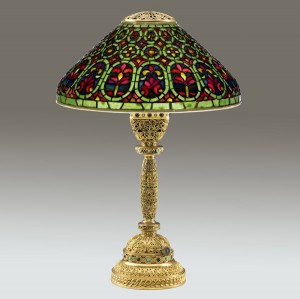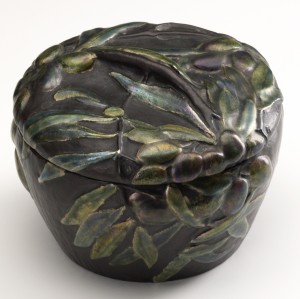George Honchar (gbhbah@aol.com) has been a collector of Wain cats since 1997. I sent him a few written questions regarding his collection.
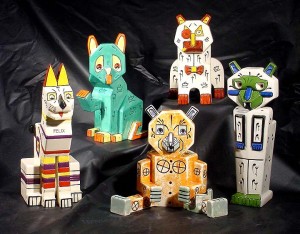
Wain cats
Q. How did you get interested in Wain cats to begin?
A. Our interest in Louis Wain began in the mid 90’s…. The house is full of cats and the library full of cat books….so…..An acquaintance told us about Louis Wain and a book By Rodney Dale entitled “Louis Wain, The Man Who Drew Cats”. It’s an excellent primer on Wain, but now there is a wealth of information on Google about Wain, if anyone is further interested. Suffice it to say, in his 20s, nearing the turn of the century, his cat art simply swept England. One of his patrons and supporters, H.G.Wells said…”He invented a cat style, a cat society, a whole cat world. English cats that do not look like Louis Wain cats are ashamed of themselves.”
Q. What is special about them?
A. The ceramic cats are quite special and unique in their design, considering that they were produced in 1914. Know of anything else quite this avant and cubist from this era..? Keep in mind..nearly 100 years old. Think of these next to other objects of similar age….Amphora, Galle, etc. Quite revolutionary. Once you hold one in your hands, you’re hooked.
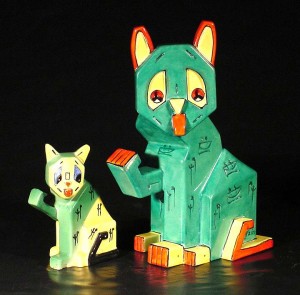
Wain Futurist cats
Q. Tell me about your collection. Is one unique?
A. Our collection of cats began by chance in November of 1997 at the New York Pier show. We had set our sights on finding a ceramic, and …totally unexpectedly ran into our first, the large Futurist cat (shown with the small Futurist cat), in the first 5 minutes of the Pier show opening. My hand landed on it a mere second before another buyer. We paid an astounding $1000 for it, but were quite pleased. Our collection grew to 10 cats, each quite unique in color and design. Current interest and the market has accelerated for both the large (12-14 inch) and the small (6-8 inch) ceramics since then. Several of the rarer small cats have gone at auction in England recently for as high as $8000 and a larger one in excess of 5 figures, although most recently some softening of prices has been seen. As a direct result of the escalation of prices, a copy has recently been found and pulled from an auction at a well-known British auction house.
In the U.S. there is a small but motivated body of Wain collectors, for his ceramics, art and other objects…cards, period calendars,etc… so items that do come up for sale are aggressively pursued.
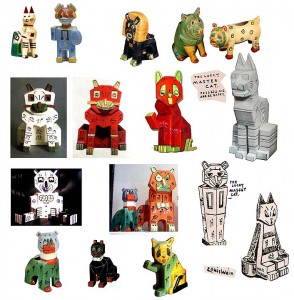
Wain designs
Q. I hear that a book is being written about Wain cats. What information can you give me?
A. Cork Marcheski, a west coast collector is finalizing a definitive book on the ceramic cats, to be published soon.
Please send me your suggestions or questions about art glass, lamps, Louis Icart, shows, auctions, etc. If it’s interesting, I’ll answer your question in a future blog entry.
Call or write and let me know what you would like to buy, sell, or trade. philchasen@gmail or 516-922-2090. And please visit my website. chasenantiques.com


